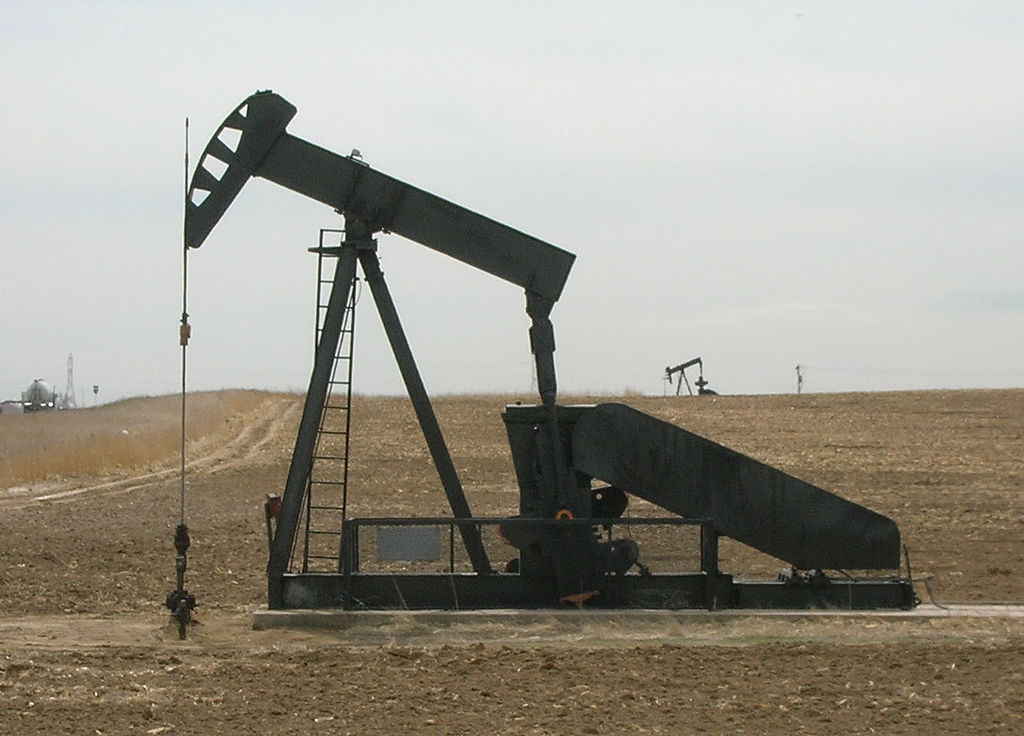In 2015, global investment in the energy sector fell by 8% to $ 1.83 trillion, the IEA said in its report. Much of this was due to decrease in capital expenditures in exploration and production of oil and gas by 25% to $ 583 billion. The agency believes that 2016 will show reduction for the second year in a row, by further 24% to $ 450 billion. "It is also possible that investment will decrease in 2017. There has never been a triennial reduction" - said Executive Director of the IEA Fatih Birol to The Wall Street Journal.
In 2011-2014, investment in exploration and production of oil and gas exceeded $ 700 billion a year on average. Many of the major projects are starting to work just now, which, in turn, may increase the oversupply, says Financial Times.
Commissioning of projects was the main reason why OPEC raised daily production forecast in countries outside the cartel by 190,000 barrels in 2016, and 350,000 barrels in 2017. Evaluation of Norway, for example, was improved by 4 % to about 2 million barrels per day in the current year.
Consulting firm JBC Energy studied 99 projects to be launched in 2015-2017 and warned about the same risks. It is estimated that global production capacity would rise to 5.2 million barrels per day due to projects in the Gulf of Mexico, Canada, Russia and other regions. However, to some extent, it will be offset by lower production at older fields, but JBC estimated that the proposal may increase by 2.7 million barrels a day in the short term. As a result, oil will continue to grow, and excess supply in the first half of 2017 may be even greater than at the beginning of this year, when prices fell below $ 30 a barrel, says FT.
Short-term factors may also hinder restoration of the supply-demand balance. Nigeria and Libya, where production this year has fallen dramatically due to internal conflicts, are preparing to return more than 800,000 barrels a day to the market in the coming weeks, Bloomberg reported. In this case, an excess of oil on the world market will increase more than three times; IEA currently estimates it at 370,000 barrels per day.
"If some supplies from Nigeria and Libya are resumed, it will postpone rebalancing to even a later date", - said Olivier Jakob, managing director of Petromatrix.
The situation, however, "remains very fragile, and there is still a high probability that production and export of [Libya] do not increase," warned analysts of Energy Aspects. On the other hand, National Oil wants to bring production up to even 950 000 barrels per day by the end of the year.
"The proposal will continue to exceed demand - at least during the first half of next year", - stated IEA. The surplus in 2017 could reach more than 750,000 barrels per day, OPEC said in turn.
source: wsj.com, bloomberg.com
In 2011-2014, investment in exploration and production of oil and gas exceeded $ 700 billion a year on average. Many of the major projects are starting to work just now, which, in turn, may increase the oversupply, says Financial Times.
Commissioning of projects was the main reason why OPEC raised daily production forecast in countries outside the cartel by 190,000 barrels in 2016, and 350,000 barrels in 2017. Evaluation of Norway, for example, was improved by 4 % to about 2 million barrels per day in the current year.
Consulting firm JBC Energy studied 99 projects to be launched in 2015-2017 and warned about the same risks. It is estimated that global production capacity would rise to 5.2 million barrels per day due to projects in the Gulf of Mexico, Canada, Russia and other regions. However, to some extent, it will be offset by lower production at older fields, but JBC estimated that the proposal may increase by 2.7 million barrels a day in the short term. As a result, oil will continue to grow, and excess supply in the first half of 2017 may be even greater than at the beginning of this year, when prices fell below $ 30 a barrel, says FT.
Short-term factors may also hinder restoration of the supply-demand balance. Nigeria and Libya, where production this year has fallen dramatically due to internal conflicts, are preparing to return more than 800,000 barrels a day to the market in the coming weeks, Bloomberg reported. In this case, an excess of oil on the world market will increase more than three times; IEA currently estimates it at 370,000 barrels per day.
"If some supplies from Nigeria and Libya are resumed, it will postpone rebalancing to even a later date", - said Olivier Jakob, managing director of Petromatrix.
The situation, however, "remains very fragile, and there is still a high probability that production and export of [Libya] do not increase," warned analysts of Energy Aspects. On the other hand, National Oil wants to bring production up to even 950 000 barrels per day by the end of the year.
"The proposal will continue to exceed demand - at least during the first half of next year", - stated IEA. The surplus in 2017 could reach more than 750,000 barrels per day, OPEC said in turn.
source: wsj.com, bloomberg.com





